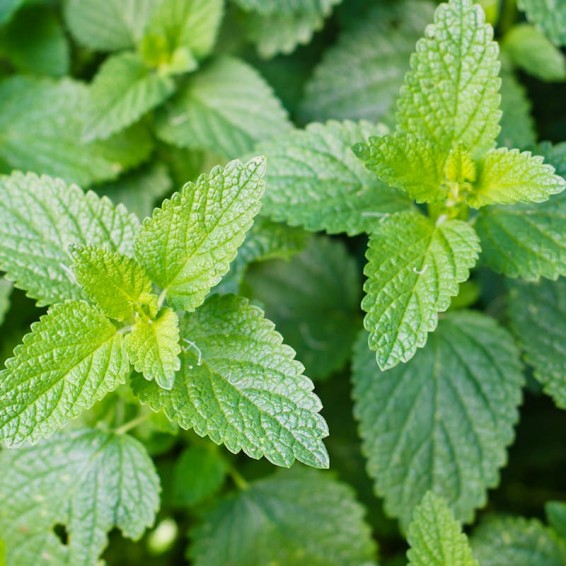Catmint Seeds
Nepeta cataria
- HOW TO GROW
- FAST FACTS
HOW TO GROW
Sowing: Catmint prefers well drained soil and full sun, though it can grow quite well in almost any soil. Direct sow the seeds after the last spring frost, planting them 1/4" deep in rows 20" apart; when the seedlings appear, thin to 18-24" apart. Catmint also grows well as a container plant. In the garden, catmint repels pests such as ants, aphids, and mice.
Growing: Keep the soil evenly moist until the plant is established, taking care not to get the foliage wet to prevent disease. After the plant has been established, it can tolerate dry soil. Control weeds, especially when the plants are small. To promote bushy growth, prune back the taller stems.
Harvesting: Catmint leaves can be harvested as soon as the flowers begin to bloom; select individual leaves or flowers as needed. The leaves can be used fresh, dried, or frozen; when dried, store them in an airtight container to preserve freshness.
Seed Saving: Collect the spikes of seed heads individually as they begin to dry and turn brown. Spread them out to dry out of direct sunlight, then thresh out the seeds. Store the seeds in a cool, dry place for five years.
FAST FACTS
Common Names: Catswort, Catmint
Latin Name: Nepeta cataria
Species Origin: Europe, Middle East, Central Asia, China
Type: Open Pollinated, Heirloom, Cool Season|Warm Season
Life Cycle: Perennial
USDA Zones: 4, 5, 6, 7, 8
Seeds per Ounce: 42,500
Planting Method: From Transplant
Sunlight: Full Sun, Part Sun
Height: 18 Inches
Color: Green, Purple
Bloom Season: Blooms Early Summer, Blooms Late Summer
Uses: Attracts Pollinators, Attracts Honeybees, Attracts Butterflies, Aromatic, Deer Resistant
DESCRIPTION
HOW TO GROW
Sowing: Catmint prefers well drained soil and full sun, though it can grow quite well in almost any soil. Direct sow the seeds after the last spring frost, planting them 1/4" deep in rows 20" apart; when the seedlings appear, thin to 18-24" apart. Catmint also grows well as a container plant. In the garden, catmint repels pests such as ants, aphids, and mice.
Growing: Keep the soil evenly moist until the plant is established, taking care not to get the foliage wet to prevent disease. After the plant has been established, it can tolerate dry soil. Control weeds, especially when the plants are small. To promote bushy growth, prune back the taller stems.
Harvesting: Catmint leaves can be harvested as soon as the flowers begin to bloom; select individual leaves or flowers as needed. The leaves can be used fresh, dried, or frozen; when dried, store them in an airtight container to preserve freshness.
Seed Saving: Collect the spikes of seed heads individually as they begin to dry and turn brown. Spread them out to dry out of direct sunlight, then thresh out the seeds. Store the seeds in a cool, dry place for five years.
FAST FACTS
Common Names: Catswort, Catmint
Latin Name: Nepeta cataria
Species Origin: Europe, Middle East, Central Asia, China
Type: Open Pollinated, Heirloom, Cool Season|Warm Season
Life Cycle: Perennial
USDA Zones: 4, 5, 6, 7, 8
Seeds per Ounce: 42,500
Planting Method: From Transplant
Sunlight: Full Sun, Part Sun
Height: 18 Inches
Color: Green, Purple
Bloom Season: Blooms Early Summer, Blooms Late Summer
Uses: Attracts Pollinators, Attracts Honeybees, Attracts Butterflies, Aromatic, Deer Resistant





